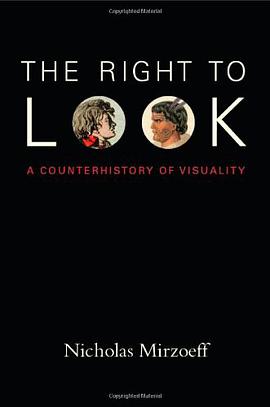The Right to Look
豆瓣
A Counterhistory of Visuality
Nicholas Mirzoeff
简介
In The Right to Look, Nicholas Mirzoeff develops a comparative de-colonial framework for visual culture studies, a field that he has helped to create and shape. Casting modernity as an ongoing contest between visuality and counter-visuality, or "the right to look," he explains how visuality sutures authority to power and renders the association natural. An early-nineteenth-century concept, meaning the visualization of history, visuality has been central to the legitimization of Western hegemony. Mirzoeff identifies three "complexes of visuality," plantation slavery, imperialism, and the present-day military-industrial complex. He describes how, within each of these, power is made to seem self-evident through techniques of classification, separation, and aestheticization. At the same time, he shows how each complex of visuality has been counteredoby the enslaved, the colonized, and opponents of war, all of whom assert autonomy from authority by claiming the right to look. Encompassing the Caribbean plantation and the Haitian revolution, anti-colonialism in the South Pacific, anti-fascism in Italy and Algeria, and the contemporary global counterinsurgency, The Right to Look is a work of astonishing geographic, temporal, and conceptual reach.
contents
List of Illustrations
Preface. Ineluctable Visualities
Acknowledgments
Introduction. The Right to Look, or, How to Think With and Against Visuality
Visualizing Visuality
1. Oversight: The Ordering of Slavery
2. The Modern Imaginary: Anti-Slavery Revolutions and the Right to Existence
Puerto Rican Counterpoint I
3. Visuality: Authority and War
4. Abolition Realism: Reality, Realisms, and Revolution
Puerto Rican Counterpoint II
5. Imperial Visuality and Countervisuality, Ancient and Modern
6. Anti-Fascist Neorealisms: North-South and the Permanent Battle for Algiers
Mexican-Spanish Counterpoint
7. Global Counterinsurgency and the Crisis of Visuality
Notes
Bibliography
Index
